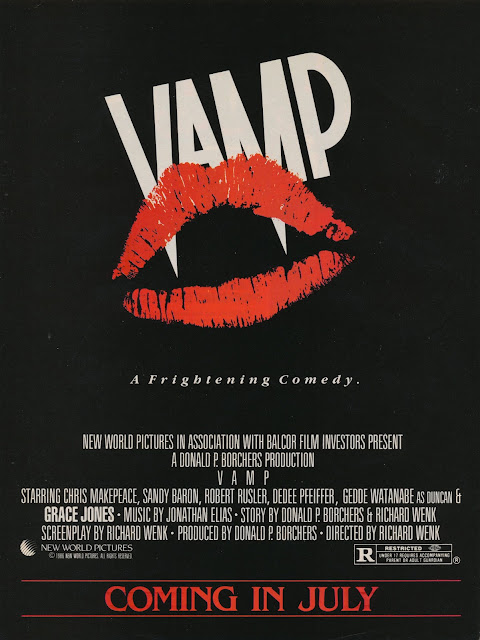 |
| Us magazine, July 28, 1986 |
(Next post on Monday: Herb Field, Letterer, Editor and Designer)
LETTERING • LOGOS • LETTERFORMS • ALPHABETS • TYPOGRAPHY • CALLIGRAPHY • ETC
Pat Masulli designed a comic typeface for a large typewriter. … The comic pages would fit in the typewriter and the copy would be typed right on the artwork. The results were a complete disaster that caused many more problems than it solved. It was a typical attempt to cut corners but the finished product suffered greatly.
… We got “A. Machine,” a Royal typewriter with an 18-inch carriage—that’s when we had 12-inch paper, plus the little edges on it—and we used to type on the lettering. We had customized letters made for this Royal electric.… We used to run the pages right into the machine. Two-ply paper, and type right on the paper. It wasn’t pasted up. [laughter] Royal developed a special ribbon, you could only use it once. When the key hit the paper, it would put a lot of ink on the page, and it’d leave a white spot on the tape, and after you took the page out, you basically had to let it dry for a while. That ink might smudge. My wife ended up being the typist. The stories with lettering credited to “A. Machine” are basically my wife. I got Charlton to send the machine up to my house, after we got it working and I showed her how to do it.
… In 1952 a promising young artist named Dick Giordano was making his way into the annals of comic-book history. Giordano began freelancing for Charlton around New Year’s Day of 1952 for Al Fago, the publishing house’s first editor, and was living in New York in the Bronx at the time. In 1955, Charlton’s owner decided he wanted all employees working for the company to work onsite in the suburbs of Derby, Conn., and Giordano began a run of 10 years as a staff penciller and inker. From 1959 to 1960 he worked as assistant to then-Executive Editor Pat Masulli. “Pat started there the same time that I did,” said Giordano, “He was a colorist at the time. He became the executive editor for the company after Al Fago left to pursue other interests.”
Since I was working there and commuting back and forth, carpooling with four others, my wife and I decided, driving 65 miles just to get to work and then back again was ridiculous. This was before [U.S.] Interstate 95 [highway] was completed, so the only way to get up there was by the Merritt Parkway. We made our home in Derby in ’57.” With a chuckle, he added, “Our carpool was originally five people: Pat Masulli, Jon D’Agostino (a letterer then who is now one of the top artists at Archie), Sal Trapani (my brother-in-law), Vince Alascia, and myself—sounds like a carload of Mafioso, doesn’t it?
Patrick J. Masulli, executive editor of Charlton Publishing Corp. suggests that new magazines can be predicted “largely on trends which can sometimes be noticed in television and motion pictures. Advertising agencies because of their tremendous financial resources spend millions of dollars in motivation research and audience response. Publishers try to use the results of their findings to observe what is being produced and what proves to be successful.”... Patrick Masulli, too, cautions the new publisher to “know the rules of good publishing. Above all, know what kind of distribution you can expect, and what kind of treatment the distributor will give you. A poor distributor can kill a magazine but a good distributor, through the proper use of controlled allotments to wholesalers and using his fieldmen, can squeeze out the last possible sale and sometimes carry an otherwise weak magazine through the first, most dangerous year of publication.”